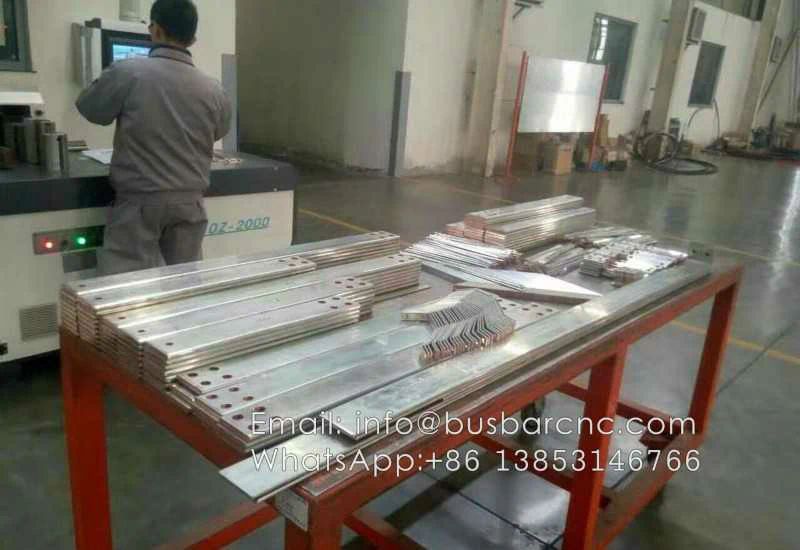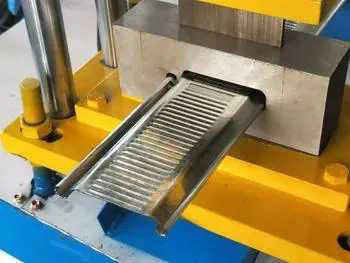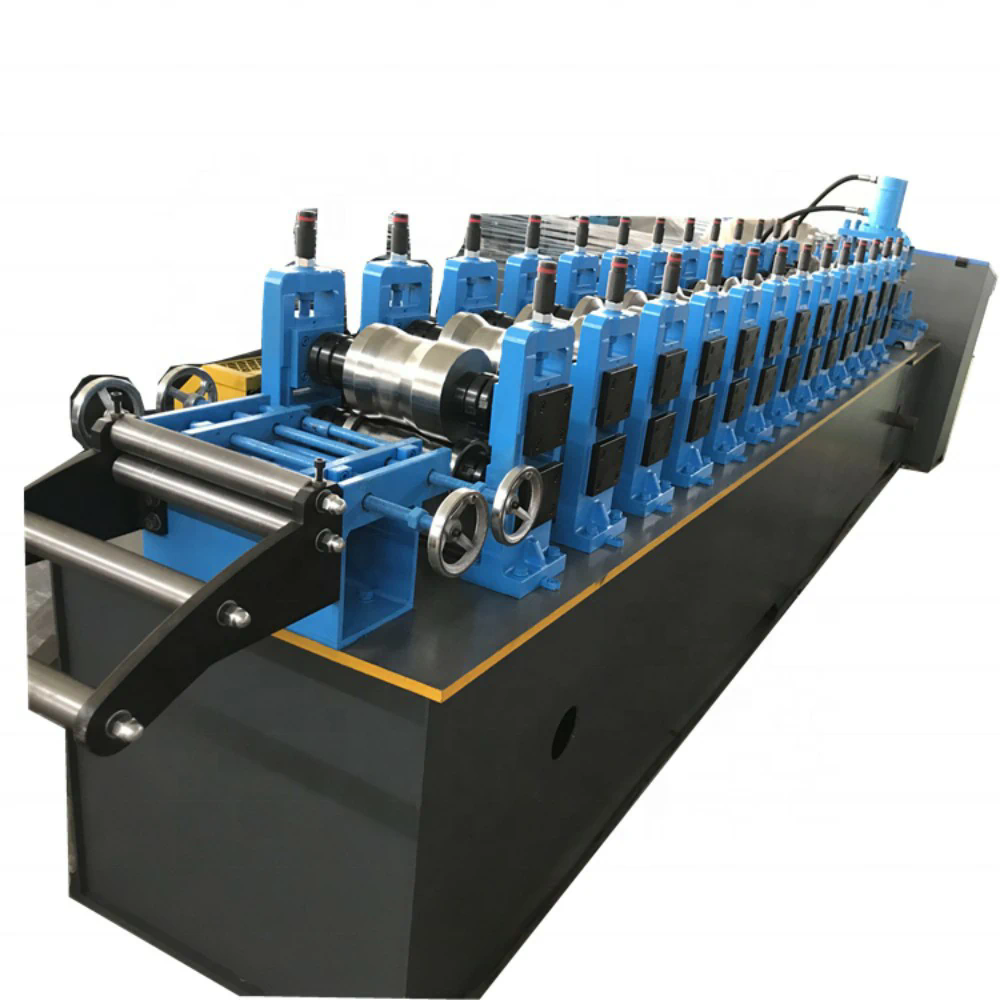The semi-annual report release of domestic semiconductor companies is also coming to an end. Unlike the previous two years, the semi-annual performance of domestic semiconductor companies this year has a sense of twists and turns. Most semiconductor companies still maintained the growth momentum and even ushered in the best revenue in the first half of the year, but their financial reports more or less showed a little anxiety and unease about the future, and made adjustments in response to the cyclical adjustment of the whole industry. Changes in business strategy. display tft
At the performance briefing on August 12, Zhao Haijun, co-CEO of SMIC, described the current general environment of the semiconductor industry with “double cycle superposition”: the first is the macro cycle of slowing global economic growth, and the second is the macro cycle of slowing global economic growth. It is an industry cycle in which the semiconductor market enters a downward trend. The interaction of the double cycle brings uncertainty to the market.
From the perspective of supply and demand, the semiconductor market has gone out of a large-scale shortage since the second half of 2020, and there has been a structural differentiation on the supply side. Terminal industries represented by communications and consumer electronics have entered a period of high inventory adjustment. The demand from industries such as automobiles and new energy is relatively strong, and there is still a certain capacity gap for high-end automotive chips.
For semiconductor companies with relatively diverse product lines such as manufacturing, packaging and testing, and IDM, structural differentiation undoubtedly puts forward more refined requirements for capacity utilization, product structure adjustment, and resource allocation. On the whole, domestic semiconductor companies have three strategies to deal with structural differentiation: one is to optimize the product mix and adjust the utilization rate of production lines according to changes in market demand; the second is to focus on the cultivation of high value-added products and high-threshold markets; the third is to focus on emerging fields Expand product line.
Taking SMIC, whose sales revenue in the second quarter increased by 41.6% year-on-year, as an example, in the face of a relatively weak consumer electronics market, SMIC adjusted its production capacity in advance, reducing the large-screen LCD Driver, fingerprint recognition, low-end CIS and other markets gradually. Saturated production capacity, increase the differentiated platform production capacity of power management, high-end MCU, OLED Driver, wifi 6 and other analog and digital-analog hybrid products, and dynamically fit the rapidly changing market. Data show that SMIC’s capacity utilization rate remained above 97% in the second quarter.
In the case of insufficient orders from some domestic consumer and mobile phone customers after March, Changjiang Electronics Technology continued to optimize the product mix, focused on the market for high value-added applications and the cultivation of differentiated competitiveness, and deepened lean production and strengthened cost control. With the help of , the profitability has been continuously improved. According to the financial report, Changdian Technology’s revenue in the first half of the year was 15.59 billion yuan, a year-on-year increase of 12.8%, hitting a new high in the first half of the year.
Silan Micro, which also achieved double-digit revenue growth in the first half of the year, has also adjusted its business strategy. On the one hand, focusing on high-end customers and high-threshold markets, we will further accelerate the pace of product structure adjustment. In the first half of 2022, nearly 70% of the sales revenue of Silan Microcircuits and finished devices came from high-threshold markets such as home appliances, communications, industry, new energy, and automobiles. On the other hand, Silanwei’s multiple product lines are extending to the automotive field. In the first half of 2022, Silan Micro’s IPM modules, IGBTs, and FRD (Fast Recovery Diode) chips have been supplied in batches to some domestic auto parts manufacturers, and the production capacity of PIM (automotive power modules) has been accelerated. Devices and high-power modules are also accelerating their penetration into the automotive market.
In cyclical changes, high value-added products can often play the role of ballast. Judging from the financial report, the resources and R&D strength of leading companies are further concentrated on high-end products. Among the ten research projects disclosed by the equipment supplier Zhongwei, three are aimed at the demand for semiconductor products of 7nm and below, including ICP etching machines for the manufacture of 5-3nm logic chips. In the first half of the year, China Resources Microelectronics’ R&D investment increased by 5.85% year-on-year, 650V and 900V gallium nitride products were launched to the market, the high-end mask project continued to advance, and the panel-level packaging technology passed the vehicle-level certification. Changdian Technology will realize the packaging of mobile phone chips made by 4nm process in 2022. In July, the Changdian Microelectronics wafer-level microsystem integration high-end manufacturing project in Jiangyin officially started construction, continuing to promote the layout of high-end manufacturing business.
As for chip design companies in the consumer electronics field, due to their market position between downstream terminal manufacturers and foundry manufacturers, once the actual demand of terminal manufacturers is lower than the predetermined target at the beginning of the year, it is easy to form a high inventory level, even if they have shown high growth in recent years. In the consumer electronics chip category, there has also been a decline in supplier revenue.
Taking CIS as an example, from 2009 to 2019, CIS achieved ten consecutive years of growth by taking advantage of the multi-camera smartphone. Since the beginning of this year, the decline in smartphone market shipments has caused CMOS companies to experience negative revenue growth. However, it can also be seen that domestic top CMOS companies are mitigating the adverse effects of the downward cycle through high-end and diversification. For example, Gekewei, which landed on the Science and Technology Innovation Board last year, recently took the lead in releasing a single-chip 32-megapixel CMOS image sensor to provide high-pixel solutions for the proactive needs of high-end smartphones. In addition to the promotion of CMOS image sensors in non-mobile phone fields, 3 series of new products for smart cities and automotive electronics have been launched.
Although the prosperity is high and low, and the market is sunny and cloudy, the general trend of the development of the digital economy has not changed. As long as the demand for digital infrastructure construction grows, semiconductors will undergo technological innovations and increase in production capacity. As Zhao Haijun said, the demand growth in the integrated circuit industry and the global regionalization trend remain unchanged. Although there are short-term adjustments, the long-term logic of local OEM manufacturing remains unchanged, and the company is still full of confidence in the company’s medium and long-term growth.
What most semiconductor companies can do is to always pay attention to market demand, always maintain the awareness of high-end competition or differentiated survival, and always pay attention to product innovation and technology accumulation. After all, after the foundry was separated from the IDM era and became a separate industrial chain node, the advanced manufacturing process is no longer the exclusive resource of IDM. The existence of open source architectures such as RISC-V also makes the threshold for high-performance chip design no longer unattainable. All of these provide opportunities for truly technological and creative companies to move towards high-end or differentiation. As we all know, periodicity is the basic characteristic of the semiconductor industry. To become a long-term enterprise, it is destined to experience the alternating hot and cold in the semiconductor market. How to cultivate the ability to pass through the cycle is a problem that every semiconductor company needs to think about.


